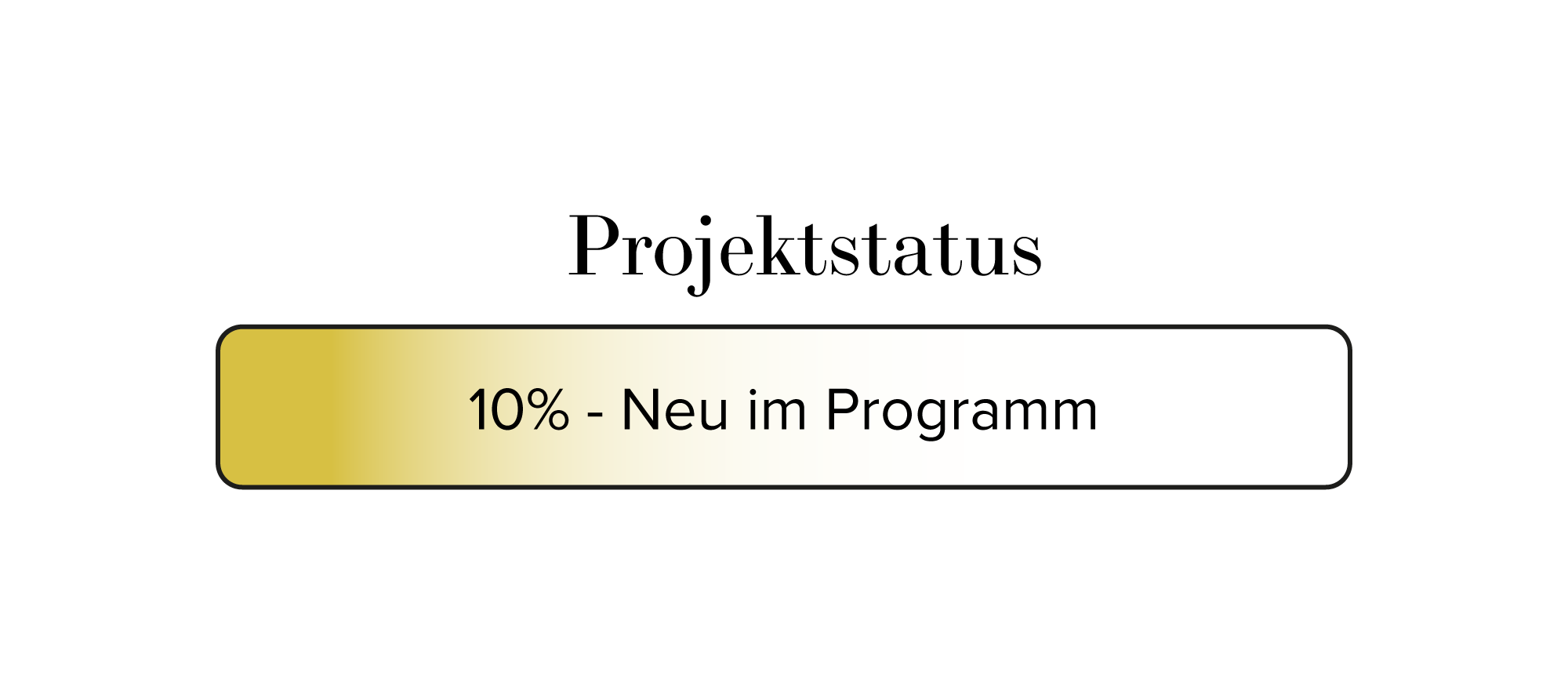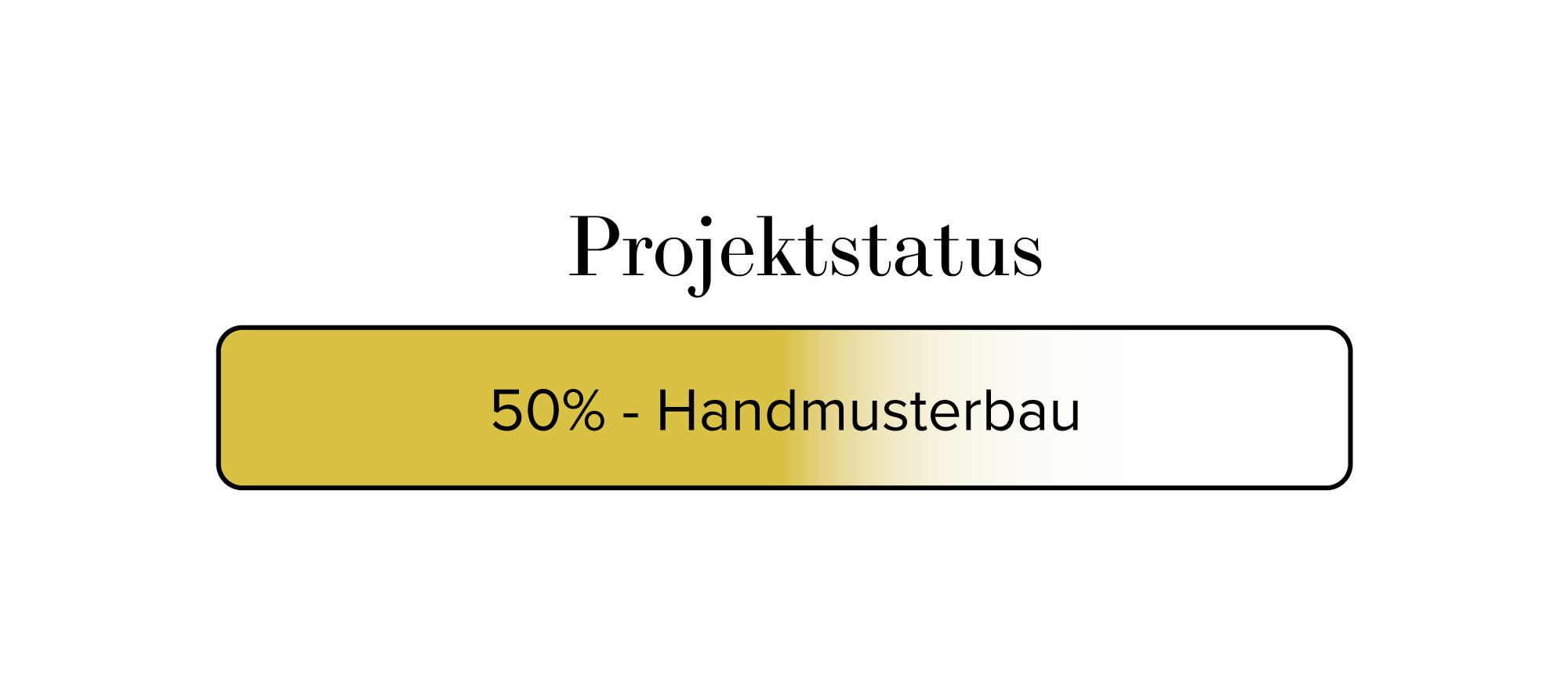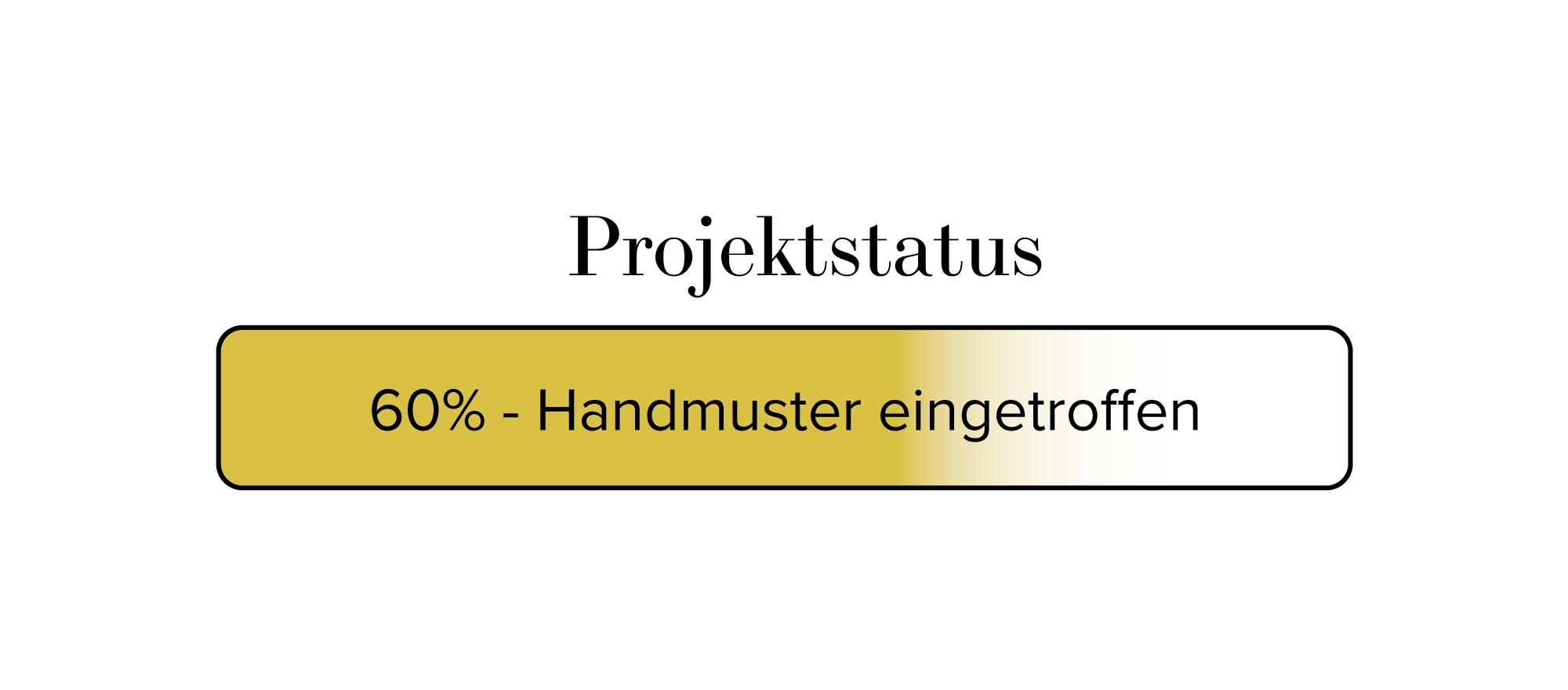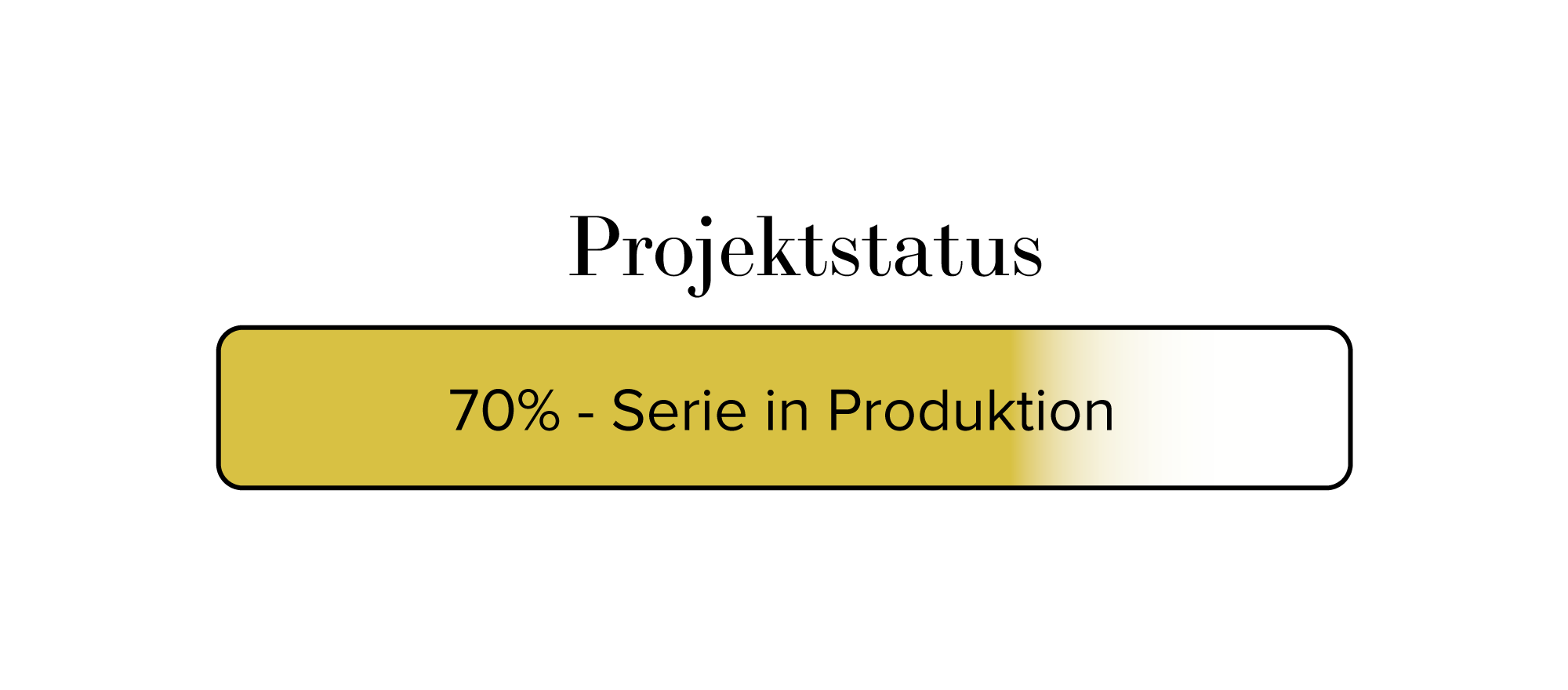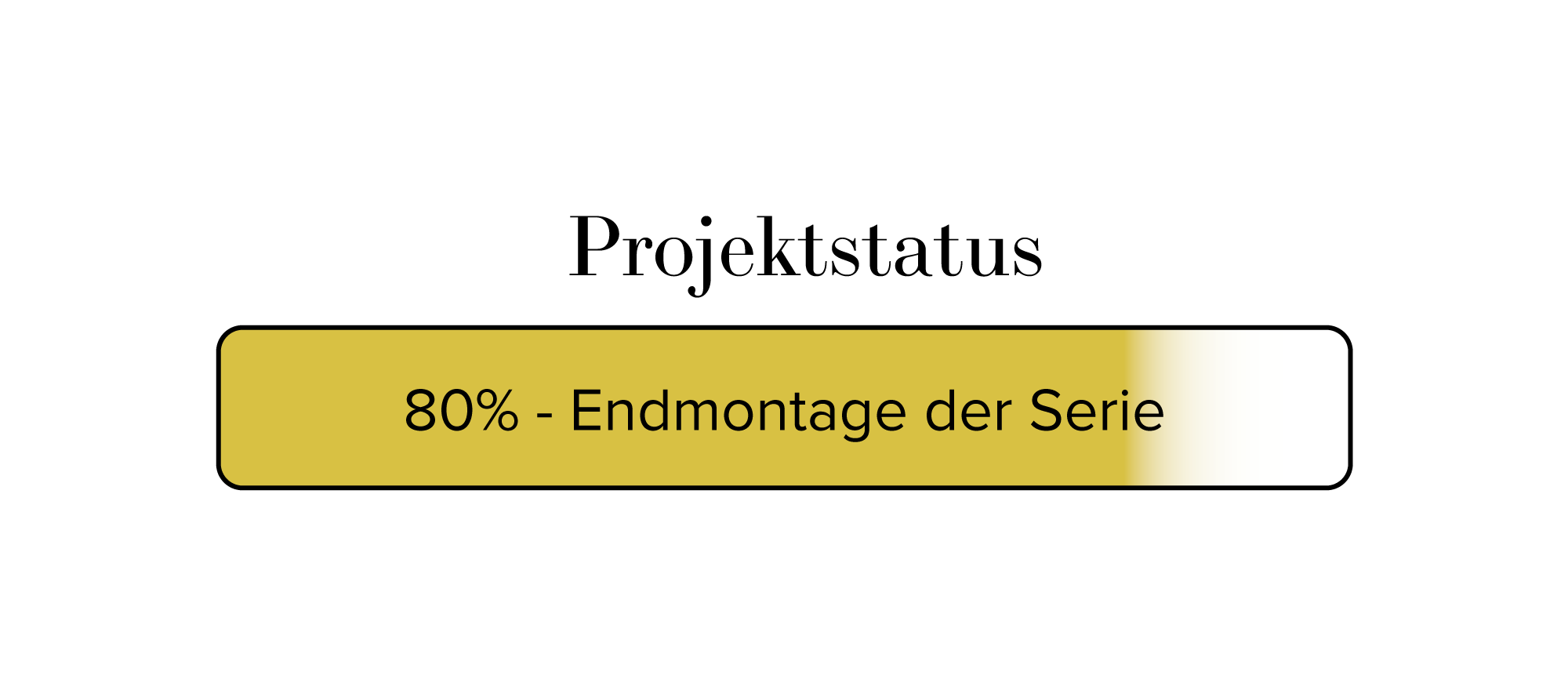What do the different project status details mean in detail? And how is a brass model created in 0 and 1 gauge?
In the following article, we deal with precisely this topic and give you a good insight into how our models are created.
New in the programm
In this phase we are working on the model variants. We are trying to filter out as many railroad directions and design variants as possible and are putting together an offer that hopefully offers the right model variant for every railroad enthusiast.
Research & planning
During this project phase, we collect as much documentation as possible to help our designers and manufacturers build a model that is as true to detail as possible. We also use this time to collect pre-orders. Of course, we are interested in realizing every model that we announce, otherwise we wouldn't announce it. But of course we also have to pay attention to the number of orders. We calculate the (pre-order) prices according to our personal assessment and experience in relation to the total run of the project. In plain language, this means that the higher the print run, the lower the price. Conversely, higher print runs are also more difficult to realize. We therefore need customer feedback and orders as a kind of security. If the interest in a model is not great enough after a certain time, we try to relaunch the project and change it so that it can hopefully be realized. If even then the necessary quantities are not achieved, we are forced to discontinue the project.whatever it is - the way you communicate your story online can make a huge difference.
In construction
When a project reaches the required number of units, we schedule it and release it for construction. Based on the plans, photos, data and specifications we have collected, each model variant is designed in 3D. We are in close contact with the designer, as questions about the prototype always arise with the complex and versatile models. In this way, we ensure that as many details of the original as possible are also implemented in the model. Depending on the model and the number of variants, such a design can take up to 10 months. We meticulously compare the finished 3D data with the original and make corrections until we are satisfied. We also have to clarify all the technical details and make any necessary changes. At this stage, it is 95% clear what the final model will look like.
Construction finished
In this phase, everything is prepared for the construction of the hand sample. The design is converted from 3D data into 2D data and plans for production. The wheelsets for the entire series are also ordered in this phase. For us, this means that we have to announce the final quantities of the individual variants and their wheelsets. From this point onwards, the individual models may be sold out.
Pilot sample production
This phase is relatively easy to explain. The first sample of a model series is created. Now it becomes clear whether everything can be realized as it was previously designed on the computer. Depending on the model and the degree of difficulty, this process can take several weeks or even months. Every necessary change delays the manual pattern by days and weeks. It is not uncommon for details to be discovered that could lead to problems later on. During this time, we are in close contact with the producer and clarify as many details as possible before the parts go into series production. At the end of this process, a finished hand sample is on the producer's desk, which is then sent to us.
Pilot sample arrived
The time has come - for the first time we see the result of months of intensive work as a finished model in front of us. This is always a moment of pride and anticipation. After the model has undergone an initial inspection, it's off to the in-house photo studio. This is where the first really sharp and detailed pictures of the model, which you know from our website, are taken. After the photo shoot, it's off to the workshop. There the model is then tested for days and weeks, disassembled, reassembled, tested again, disassembled again, etc....
Of course, the details of the model are also examined and compared with the original. The dimensions are also compared with the original down to the smallest detail. It is not unusual for the model and the original to meet for the first time. The impression we get when looking at the model must match the impression of the original 100 %. Of course, this comparison is only possible if we stand in front of the original with the model.
Only when we know the model inside out and have eliminated any problems do we give our OK for production.
Series in production
Now the time has come: thousands and thousands of individual parts are manufactured and assembled into a small series of models. Did you know that a gauge 1 steam locomotive consists of up to 4000 individual parts? That's a lot of work. After the etched and cast parts arrive, they are soldered together by hand and assembled into subassemblies. These assemblies are then sent to the paint shop, where they are given their color. Before the final coat of clear varnish is applied, the models are given all the lettering that was originally painted on the locomotive. After the final coat of clear varnish, the assemblies are prepared for assembly.
Final assembly of the series
In the first stage of final assembly, the painted assemblies are fitted with their electronic components. All light bulbs and LEDs are inserted, circuit boards are installed in the model, loudspeakers are mounted and finally everything is wired together. During the design phase, care was taken to ensure that individual assemblies such as the frame and boiler can be completed independently of each other. These are later connected with cable harnesses to enable better handling in the event of servicing. Once the models have been prepared, the first machine is fully assembled and sent to us as a production sample.
Series samples arrived
With the production sample, we have the first model of the finished series on the table. This shows whether we have worked well with the hand sample. Normally, no more changes should be necessary here, but it is possible that we may still find improvements in the way the models are put together, for example. If everything is to our satisfaction, we give the green light for the assembly of the series. Depending on the scope of the project, this process may still take some time, but it is now really foreseeable when the models will be ready.
In delivery
The last and final step in the creation of a model is the final inspection on site at the manufacturer. Once the models are completed, a team from us travels to the production facility in Asia to inspect the models. Here, each individual model is subjected to a test procedure to ensure that all functions work perfectly. After passing the test, the models undergo a visual inspection to ensure that there is no damage to the paintwork or other visual defects on the model. If this check is also positive, the model is packaged. As soon as the inspection of the models has been completed, we contact our forwarding agent to ship the models to Austria. Once we have a schedule for this, all pre-orders will be informed of the delivery. Once transportation and customs clearance have gone according to plan, the finished models are ready for delivery and the actual shipping can begin. We sort and process all orders after receipt of payment. When it is your model's turn, we unpack it again, program it with the latest software if necessary and subject it to a further technical and visual inspection. This is to ensure that your model has not suffered any damage during transportation to Austria and leaves our premises in perfect condition. Finally, your model is given a serial number and the certificate is filled out. It is then well packed with all the parts supplied and sent on its way to you or to our warehouse, where it is waiting to be collected by its new owner in person.

